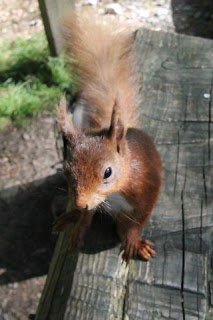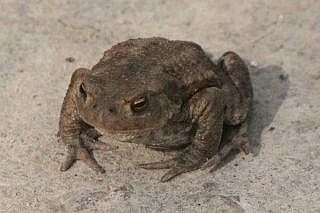 This week I'm back in Wensleydale for a few days of walking and wildlife-watching, including some more visits to see the Snaizeholme red squirrels. Some of these cheeky rodents are extremely chilled around humans and, although the light in the woods is still patchy, I've spent much more time with the squirrels than on my visit in May and got a few more photos as a result. I also spotted a stoat and some sort of a shrew whilst sitting quietly, but no pictures of those.
This week I'm back in Wensleydale for a few days of walking and wildlife-watching, including some more visits to see the Snaizeholme red squirrels. Some of these cheeky rodents are extremely chilled around humans and, although the light in the woods is still patchy, I've spent much more time with the squirrels than on my visit in May and got a few more photos as a result. I also spotted a stoat and some sort of a shrew whilst sitting quietly, but no pictures of those.On early morning and evening walks I've seen roe deer, hares, a healthy juvenile hedgehog, and hundreds of rabbits (including the quite pale individuals below). I also found what looked like a promising spot for otters on the River Ure, so I'm sure I'll be back to Wensleydale before too long.












































 We then continued our journey by road back to Xi'an, hot showers and softer beds! Although it's 5
We then continued our journey by road back to Xi'an, hot showers and softer beds! Although it's 5 I didn't manage to get any photos 'in flight' (which is impressive because at full stretch these animals are more than a metre across), but we climbed a steep slope to get on a level with the squirrels' home. Here is one showing neither its red and white coat nor its 'flying' abilities.
I didn't manage to get any photos 'in flight' (which is impressive because at full stretch these animals are more than a metre across), but we climbed a steep slope to get on a level with the squirrels' home. Here is one showing neither its red and white coat nor its 'flying' abilities.





